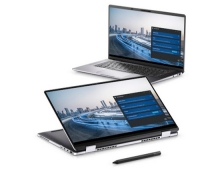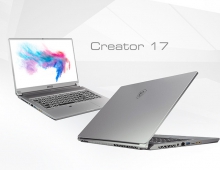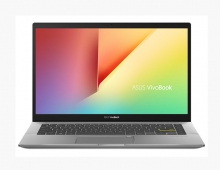
Taiwanese Panel Manufacturers to Lead 4K TV Display Shipments
4K TV display panels have become available to TV manufacturers, and NPD DisplaySearch forecasts that Taiwanese panel makers Innolux and AUO will lead 4K panel shipments worldwide this year.
According to the research firm, these two companies are expected to have 58% of the market in 2014, followed by Korean manufacturers (Samsung Display and LG Display) with 25%, and Chinese manufacturers (ChinaStar and BOE) with 14%.
There remains a significant difference in strategy between Chinese and global brands. Chinese brands are aiming to sell 4K TVs at a small premium in their domestic market, while global brands want to maximize image quality. Some panel makers are promoting reduced-specification 4K TV panels to lower cost and increase shipment volume; however, this strategy might not fit well with top brands aiming to position 4K TV as a high-end segment sold at premium prices.
As Chinese brands continue to lead 4K TV manufacturing and shipments, 4K panel demand from China's top six TV brands is crucial to all panel makers. For example, China Star expects 90% of its 4K TV panels to go to China's top six brands, BOE 70%, Innolux 57%, and AUO 56%. The top global TV panel makers - Samsung Display and LG Display - have relatively modest plans for 4K panel production, and expect much of their production to go to their affiliated TV brands. Those brands - Samsung and LGE - each plan to source about 60% of their 4K TV panels from their in-house panel manufacturers this year.
"The 4K display demand from their related TV brands is critical to the ability of Samsung Display and LG Display to compete effectively within the growing 4K TV market," said Deborah Yang, research director for monitors and TV for DisplaySearch. "The ability of the Korean panel makers to expand 4K panel production is dependent on their success in securing more 4K display clients, beyond satisfying the needs of their own 4K TV brands."
"The rise of the 4K TV market is mainly driven by the supply side, while leading TV brands are concerned about the value proposition of 4K TVs," Yang said. "While some TV brands are considering increasing their 4K TV shipment targets, we continue to see a mismatch between 4K TV panel supply plans and consumer purchasing expectations."
There remains a significant difference in strategy between Chinese and global brands. Chinese brands are aiming to sell 4K TVs at a small premium in their domestic market, while global brands want to maximize image quality. Some panel makers are promoting reduced-specification 4K TV panels to lower cost and increase shipment volume; however, this strategy might not fit well with top brands aiming to position 4K TV as a high-end segment sold at premium prices.
As Chinese brands continue to lead 4K TV manufacturing and shipments, 4K panel demand from China's top six TV brands is crucial to all panel makers. For example, China Star expects 90% of its 4K TV panels to go to China's top six brands, BOE 70%, Innolux 57%, and AUO 56%. The top global TV panel makers - Samsung Display and LG Display - have relatively modest plans for 4K panel production, and expect much of their production to go to their affiliated TV brands. Those brands - Samsung and LGE - each plan to source about 60% of their 4K TV panels from their in-house panel manufacturers this year.
"The 4K display demand from their related TV brands is critical to the ability of Samsung Display and LG Display to compete effectively within the growing 4K TV market," said Deborah Yang, research director for monitors and TV for DisplaySearch. "The ability of the Korean panel makers to expand 4K panel production is dependent on their success in securing more 4K display clients, beyond satisfying the needs of their own 4K TV brands."
"The rise of the 4K TV market is mainly driven by the supply side, while leading TV brands are concerned about the value proposition of 4K TVs," Yang said. "While some TV brands are considering increasing their 4K TV shipment targets, we continue to see a mismatch between 4K TV panel supply plans and consumer purchasing expectations."





















